How to Get High-Quality Backlinks to Rank a Website? All types of Backlinks Facebook Twitter Instagram Blogger Pinterest Medium Linkedin Backlinks are …
What is The Meaning of E-commerce?
Buying and selling goods or services through the internet, and the transfer of money and data to execute these transactions is called e-commerce. E-commerce, short for electronic commerce, involves online transactions, e-payments, digital marketing, and more. E-commerce is becoming popular because of its e-transections. E-commerce has become the fastest way of business and trade nowadays.
Table of Contents
Types of E-commerce
- Business-to-business (B2B)
- Business-to-consumer (B2C)
- Consumer-to-consumer (C2C)
- Consumer-to-business (C2B)
- Peer-to-peer (P2P)
- Consumer to administration (C2A)
- Business-to-administration (B2A)
- Drop shipping
- Mobile commerce
What is Business to Business (B2B)
Business-to-business e-commerce involves transactions and trade with other businesses online, such as supplies of raw materials, services, etc. It is like manufacturing and selling goods to the retailer.
Benefits of Business-to-Business

How Business-to-Business Model Works?
Business-to-business works on a simple model. When the order takes place through the website the business organization provides supplies to the wholesaler and the wholesaler provides these supplies to the retailer or customer.
What is Business to Consumer (B2C)
Business-to-consumers is the model taking business and consumers interactions. The business organization provides supplies and product to customer and the customer place the order through the website. If a manufacturer produces something, retailer purchases it, consumer buy is from the retail shop and the difference of the buying prices and purchasing prices is their profit. Amazon and Flipkart are the best examples of this model.
Benefits of Business-to-Consumer E-commerce
- Business-to-consumer e-commerce provides 24/7 availability of shopping and support.
- There is no need to visit physical stores.
- Consumers can easily compare prices, features, and reviews of products.
- Through business-to-consumer e-commerce, businesses reach to global market.
- B2C offers payment convenience.
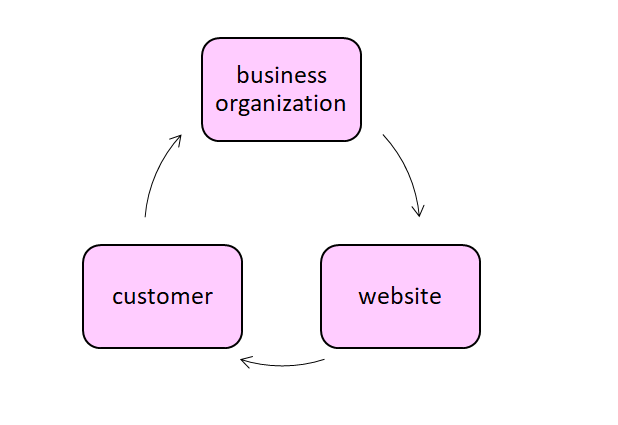
What is Customer to Customer (C2C)
In consumer-to-consumer e-commerce, individuals buy and sell products or services directly to other individuals through online marketplaces. It means that a consumer would contact a business in search of a suitable customer (C2B2C) e.g. OLX, e-bay. It is also called business-to-business-to-consumer i.e. when a company re-brands an item to present it as its own.
Benefits of Customer-to-Customer (C2C)
- Consumer-to-consumer e-commerce offers buyers lower prices.
- Sellers often do not need to pay listing fees or commissions.
- Buyers and sellers can communicate directly at C2C e-commerce.
- Consumers-to-consumer e-commerce businesses can be accessible to people from various geographic locations.
- Shoppers may find secondhand items at fair prices on the C2C e-commerce platform.

What is Consumer to Business (C2B)
In this model, the consumer demands specific products/services from respective business. It is the reverse of business to consumer model ( B2C). A customer places order through the website. Website links with the business organization and business organization provides the goods or services to customer.
Benefits of Consumer-to-Business E-commerce
- Consumer-to-business transactions can often be more cost-effective for businesses and small enterprises.
- Consumer-to-business e-commerce platforms help businesses quickly find and hire specialized talent.
- C2B e-commerce involves customer reviews and feedback, which can help businesses make informed decisions.
- Consumer-to-business e-commerce is more flexible, which can lead to faster completion of projects.
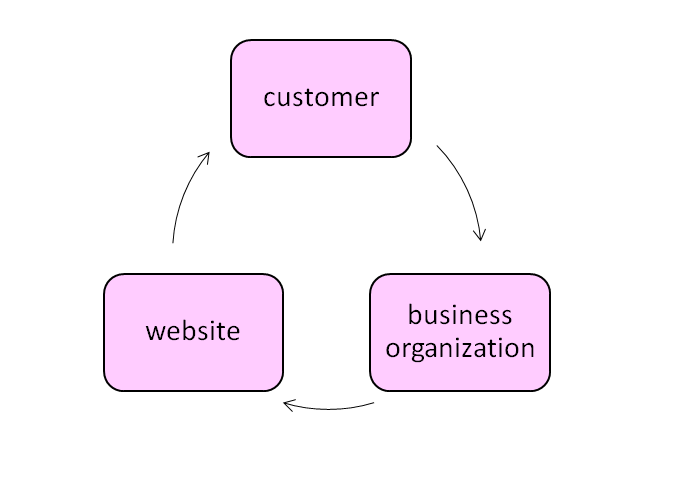
Peer-to-Peer E-commerce
Peer-to-peer (P2P) e-commerce or Person-to-person e-commerce, is like an online marketplace where individuals buy and sell products or services. In peer-to-peer e-commerce, individuals act as both buyers and sellers. They interact through a platform or website that facilitates the exchange of goods, services, or assets. eBay, Airbnb, Lyft, Upwork, Fiverr, Etsy, Turo are its best examples.
Benefits of Peer-to-Peer E-Commerce
- Individuals can enlist their services or items on the platform.
- Peer-to-peer platforms cover a wide range of categories. eg rental services, freelancing, etc.
- Users create their listings, set prices, upload product/service descriptions, and engage with potential buyers.
- Peer-to-peer platforms offer secure payment methods.
Consumer to Administration (C2A)
Consumer to administration (C2A) model is all about e-transaction of goods or services between consumers and public administration e.g. e-learning, health services, legal services.
Advantages
- It is the largest source to reach a global market.
- Consumers to administration helps in 24/7 availability.
- It helps to reduce cost.
Business to Administration (B2A)
Business to administration is e-transaction conducted between companies and public administration. Its examples are: social security, employment, legal documents.
Drop Shipping
Drop shipping is a business model where online retailers do not need to hold inventory. Instead, they partner with suppliers who fulfill orders directly to the customers, reducing the need for warehousing and inventory management.
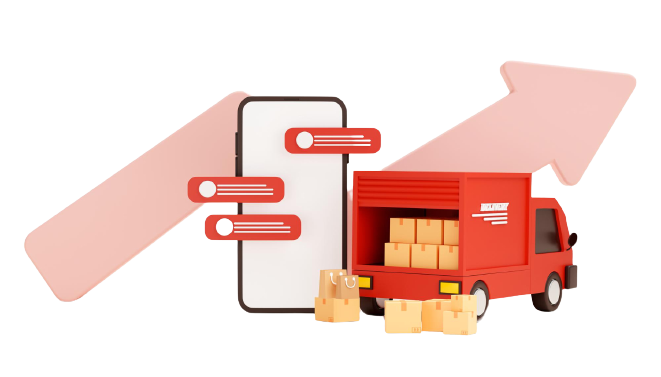
Mobile Commerce (M-commerce)
Mobile commerce involves conducting e-commerce transactions using mobile devices. Mobile commerce is more convenient for users to shop on the go.
How We Can Do Digital Marketing for E-commerce
Here is one of the main question arises, how and where can we do digital marketing of e-commerce business. Here are some of the best places which are very helpful for the marketing for e-commerce business.
- E-commerce marketplaces
- Creating e-commerce store using Shopify and Woo-commerce
- Getting traffic by using social media, ads, and SEO.
- By maintaining payment and shopping modules.
Main Components of E-commerce
There are three main components of e-commerce business:
Product Sourcing
Which products are we selling and from where are we selling?
Warehousing
A store or warehouse for storing products, that we want to sell.
Shipping
How can you deliver product from warehouse to customer’s doorstep?
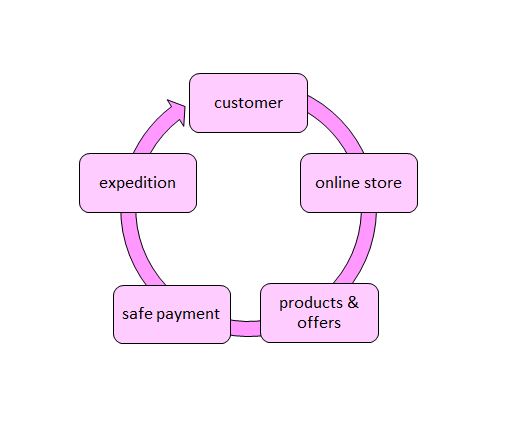
Modern E-commerce Components
Supply Chain
- You have to keep synced with your sourcing agent so that your product does not get out of stock.
- Your digital or online presence should be necessary.
- You have to provide a speed support for your customers after purchasing products to satisfy them, so it is very important.
For e-commerce product sourcing, it is important that;
- To identify what to sell ( products in high demand).
- Identify and source the products and search volume i.e. how many people are purchasing that product.
- Define selling platform I.e. marketplace, Amazon, Walmart or Facebook.
- Define payment method (define multiple payment methods i.e. PayPal, Stripe, Credit Cards etc.)
- Digital marketing is also very important. Our website should be on different platforms such as Facebook, Instagram etc, which are famous categories of e-commerce.
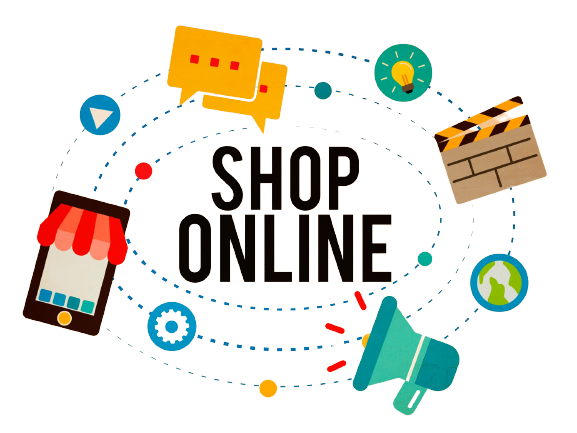
Success Stories For E-commerce
In 2012, constructed a Burden Company by rocket internet. Now they are operating in 5 different countries. There is one feature to be considered that people believe in cash on delivery (COD) due to different factors.
In 1994, Amazon established by Jeff Bezos in the form of online book selling store. In 2015, it has billions of selling products. In 2005, he launched his own online books. Then, he launched a number of services and stores:
2006: Amazon web services
2007: Amazon kindle was launched
2011: Amazon fresh
2012: Amazon game studio
2013: Amazon art
2014: Amazon prime
2015: Amazon home
Amazon’s worth is 460 billion USD and its sales in 2017 were 178 billion USD.
About the Author

Sara Lorel
Sara is a professional digital marketer and SEO content writer.
You might also like
SEO Optimization According to Google Algorithm 2023 Facebook Twitter Instagram Blogger Pinterest Medium Linkedin In 2023, Google made big changes in its …
In the digital world, where a lot of websites exist, it is necessary to make your website unique, attractive, and stand out. Being different increases success and makes a website grow and stand out from its competitors.
Freelancing platforms and job websites are online platforms that connect individuals or businesses. People can look for their jobs or businesses can hire freelance employees to work with them.
Join Our Free Courses & Offers For Free Services Now
At digitalelane, we are offering a number of free courses and services for limited time. Visit our courses and services pages for detail free offers.





